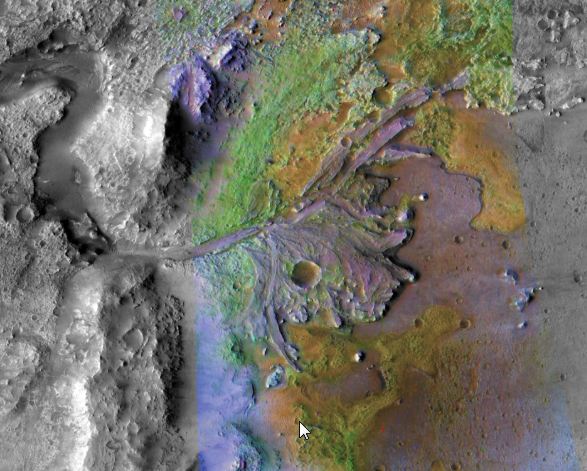Month: March 2019
Whaaaaat are these robots doing

New Mars analysis indicates that not only are river channels are wider than similar channels on Earth but that they were active 3.4 and 2 billion years ago. This new analysis means Mars was wet during a period previously thought to have been way after the red planet was already desiccating.
https://www.nationalgeographic.com/science/2019/03/mars-rivers-lasted-longer-scientists-realized/

It is widely understood that now is the best time to be alive for most of the planet. But what was the worst time?
Most would assume that war or disease might be the culprit but evidence suggests that a number of extreme weather events that led to a widespread famine most likely due to a “volcanic winter” in 536 [CE] obscuring the Sun with a “mystery cloud.”
The cloud seemed to spark a little ice age and a chain of global crop failure and famine. Snow fell during the summer in China, and droughts hit Peru. Records in Ireland indicate a “bread failure”.
via When Was The Worst Time To Be Alive In Human History? | IFLScience.
The Very Large Telescope Interferometer (VLTI) has made the first direct observation of an exoplanet using optical interferometry. This method revealed a complex atmosphere with clouds of iron and silicates in a planet-wide storm. The technique presents unique possibilities for characterising many of the exoplanets known today.
via GRAVITY instrument breaks new ground in exoplanet imaging.
Jupiter’s Tojan Followers
New simulations indicate that Jupiter was formed four times further from the sun than its current position and was a rocky planet similar to Earth in size. Jupiter also has two groups of thousands of asteroids following and trailing it, in the same orbit. The simulations show that the Trojan asteroids were drawn in when Jupiter was a young planet with no gas atmosphere, which means that these asteroids most probably consist of building blocks similar to those that formed Jupiter’s core. In 2021, NASA’s space probe Lucy will be launched into orbit around six of Jupiter’s Trojan asteroids to study them.
https://phys.org/news/2019-03-jupiter-unknown-journey-early-solar.html
Great Dinosaurs 101 Video
What’s an antlion? Inspiration for Star Wars? A little spider like creature that digs a steep pit to capture and kill ants. Watch the video.
https://phys.org/news/2019-03-nightmarish-antlions-spiral-techniques-effective.html





